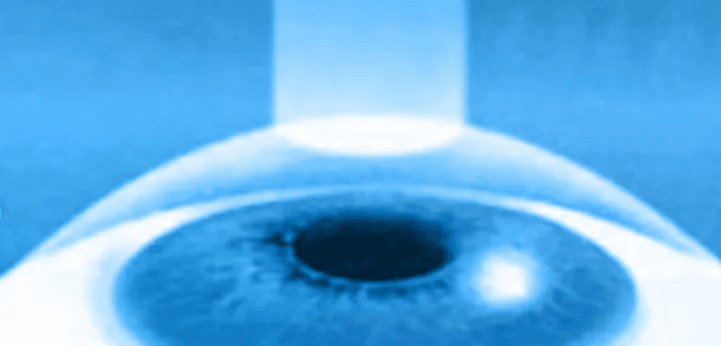EPI-Lasik - Risk & Complications
Based on current studies, the risk of complications following LASIK appears to be very small. However, there are a number of possible complications and side effects that patients should be aware of prior to surgery. Some of these are as follows:

Overcorrection or Under-correction
The amount of correction to be achieved is determined from the pretreatment evaluation and is programmed into the excimer laser computer. Due to variations in healing and corneal response, some patients may be under-corrected or overcorrected following their LASIK. They usually do well even with a small amount of under-correction or overcorrection. If there is a large amount of under-correction, patients may prefer glasses or contact lenses for some of the things they do on a day to day basis, but other patients may prefer to have enhancement, an additional laser treatment. Additional laser treatments are easier to perform after LASIK than after PRK.
Astigmatism
Astigmatism can occur due to problems with the flap or due to a patients healing. Because of astigmatism, patients might experience ghosting, slight doubling of vision, or blurring. If necessary, residual astigmatism can often be treated with more glasses, contact lenses or further refractive surgery.
Glares and Halos
After refractive surgery, some patients might experience glare symptoms due to light scatter or see halos around points of light. Usually these are most noticeable at night time (for example when looking at headlights or street lamps). This is because at night, the pupil gets larger to allow more light into the eye, so the edge of the treated area of the cornea might affect the vision. Most patients do not feel that these symptoms impair them, and they tend to lessen as the eye heals.
Long-term Side Effects
Long-term side effects, after-effects or complications and their risks are unknown at present due to the relatively recent development of the LASIK procedure. Currently, there are no foreseeable documented problems once healing is complete.
